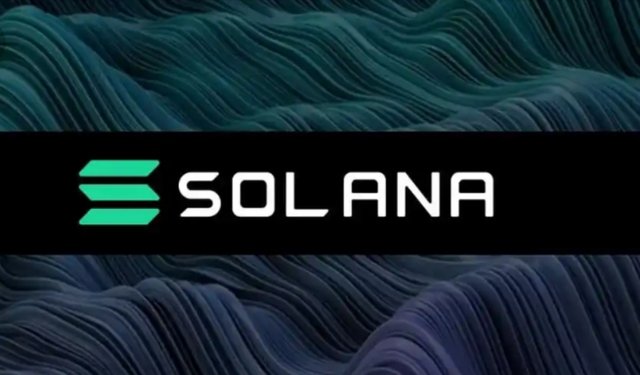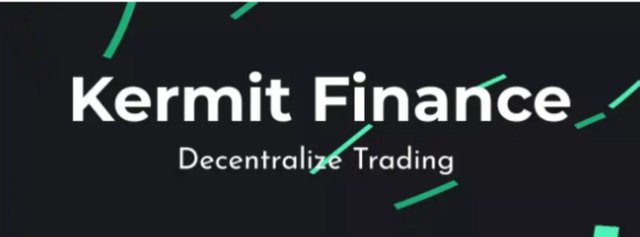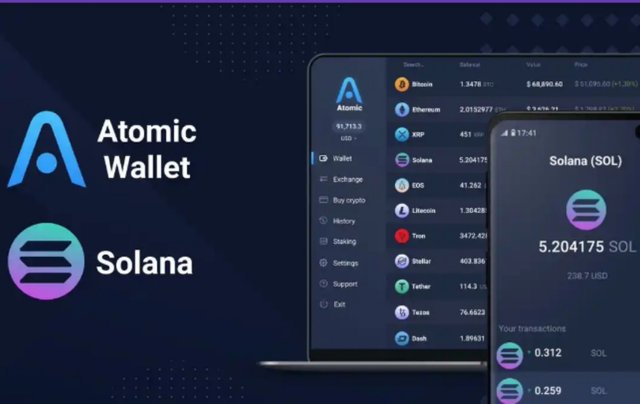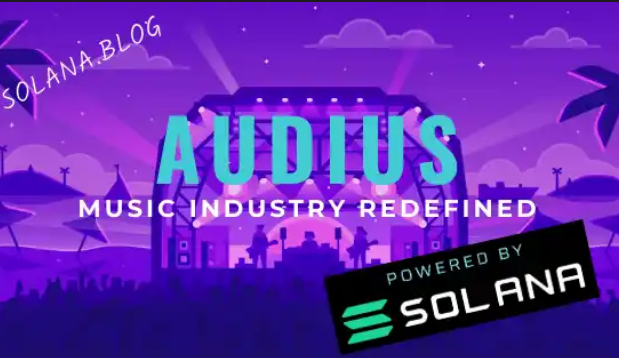Solana Blockchain - Crypto Academy / S4W4 - Homework post for pelon53
1.- Explain in detail the PoH of Solana.
Proof-of-History (PoH)
Proof of history is an innovation on the Solana blockchain that bestows users with the freedom of an accurate and trust less timestamp of transactions that occur in the blockchain. PoH is a frequency verifiable delay function that give real proof of historical record of events that had occurred over time. It uses cryptography to establish a safe time source. This has solved the major problem of blockchain which is the agreement on time.
The Solana blockchain uses a sequential resistant hash, and the output of a previous event is used as input for the next event. This way, there is a periodic count and records.
Proof-of-History also provide a high scalability which makes transactions to move faster and smoother. The nodes or operators do not need to align themselves with the network, they simply carryout their transactions and generate new blocks while the network records the transactions in a ledger and provide timestamps.
In summary, proof of history enable users of the Solana blockchain with a record of past transaction information and the time of those transactions, thereby boosting a secure, fast and trustless operations.
2.- Explain at least 2 cases of use of Solana.
There are a lot of cases of use of Solana starting from decentralized applications to projects and even tokens. Some of the projects of Solana are;
1. Kermit Finance
Kermit Finance: This is a protocol that is built on a Decentralized exchange, Serum, which exist on Solana. It is a decentralized peer-to-peer protocol which make users' interaction with the blockchain simpler. It is the role of DeFi to erode the reliance of third parties and Grant users the opportunity of taking full control of their assets.
Kermit provide its users a great trading experience that is devoid of complications. The Kermit protocol has its native token, KERMIT. It has a total supply of 10 million tokens. The holders of this token has a reward of claiming parts of the trading fees.
2. Atomic
Atomic happens to be a non-custodial cryptocurrency wallet on the Solana blockchain that supports both SPL and SOL tokens. It also provide a payment gateway feature as well as crypto on-ramp capability. It creates an avenue for staking SOL with an attractive APR of 7%.
There is also a 1% cashback for swaps. Atomic also offers its users the option of buying cryptocurrency with credit cards in EUR and USD. There are no KYC verification protocols for this wallet and there is a solid encryption. It doesn't require registering accounts.
3. Audius:
Audius is a blockchain music platform designed to give an opportunity for content creation. It has over 1 million listeners every month. This project was first on the Ethereum blockchain before it was later taken to Solana.
3.- Detail and explain the SOLA token.
SOLA token is a governance token of Solana. It is among the list of tokens in solana.io. Upon issuance in August 9, the token had a record of 27,153,077 million supply. SOLA token gives an experience of cheap DeFi usage. As a governance token, it grant holders the right to vote and participate in the platform's decisions.
SOLA token has a goal of multiplying the total amount of tokens in circulation. That is why the platform engages in token burning. The income generated from transaction fees are used to buy back SOLA tokens and burn them to increase the token volume in entirety.
According to Solscan.io, SOLA token has a total number of 1952 users at the time of writing this post, that is, there are 1952 holders of the token.
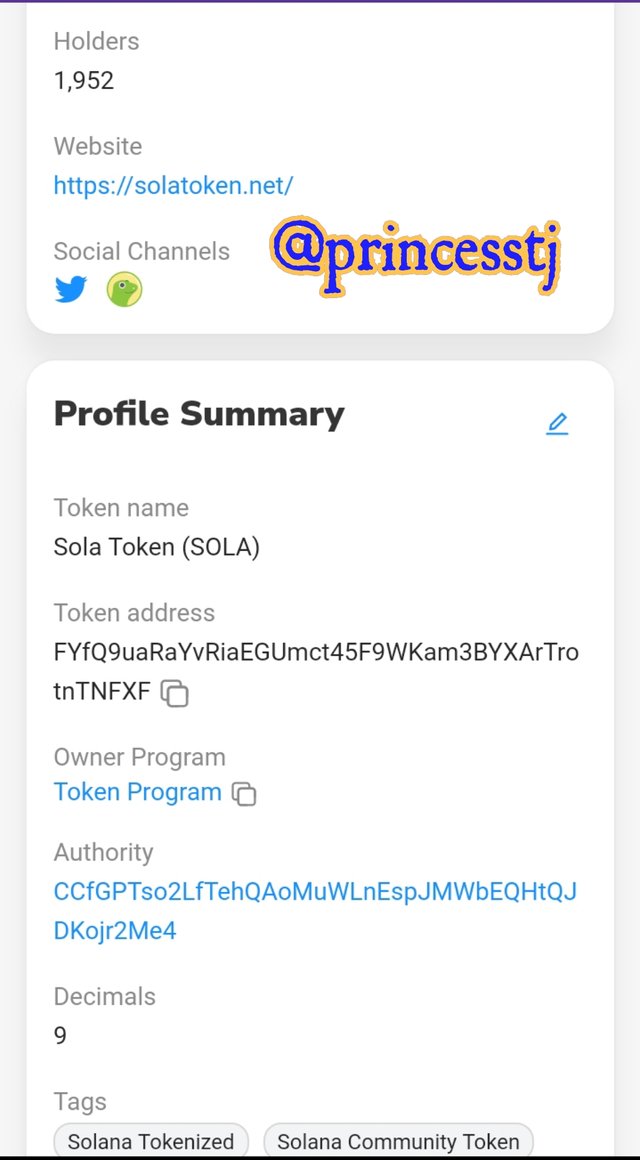
There is a record of its fully diluted market capitalisation which is $1,419,997.37 with a market price of $0.05 at the time of writing. The token also have its maximum total supply of 27,153,077.98 million tokens.
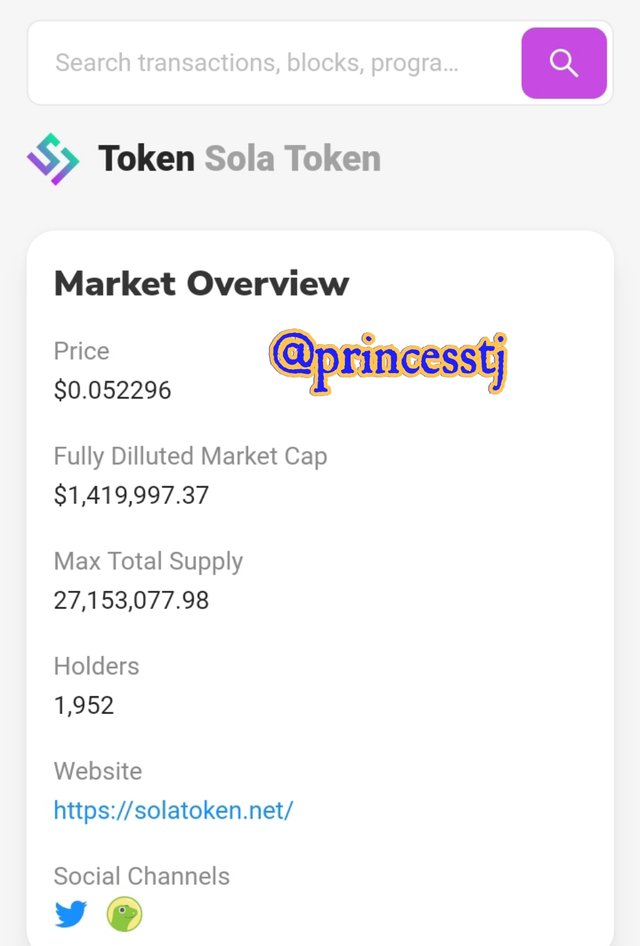
SOLA token can be paired with USDT and traded in SolaDex. The token is still in a growth stage although it recorded its all time high of $0.11 few weeks ago.
4.- When did Solana Blockchain see its operations interrupted? Why? Explain.
Solana blockchain experienced an interruption of operations two weeks ago, on the 14th of September, 2021. This interruption caused a pause in transactions and validators we're unable to function well. The outage lasted for about 17 to 18 hours. There was an overload of transactions as the network had about 400,000 transactions being executed within a second. This caused the memory overflow that led to the disruption.
There were some steps taken to restore the network flow and get the validators to work again. Initially, all efforts proved abortive which made the outage to last longer than it would have. According to Solana's overview of the stall, the cause of the outage was due to the launch of Grape protocol's IDO as well as transactions that were generated by bots. These transactions caused an overflow that scrashed many validators and slowed the network.
Finally, the system with about 1000 validators was upgraded and it took about two hours. After the upgrade, there was a restart that finally restored the system.
5.- Check the last block generated in Solana and make an approximate calculation of How many blocks per second have been generated in Solana, taking into account from the initial block to the current one? Justify your answer and show screenshots.
The last block generated in Solana at the time of writing is 99243056.
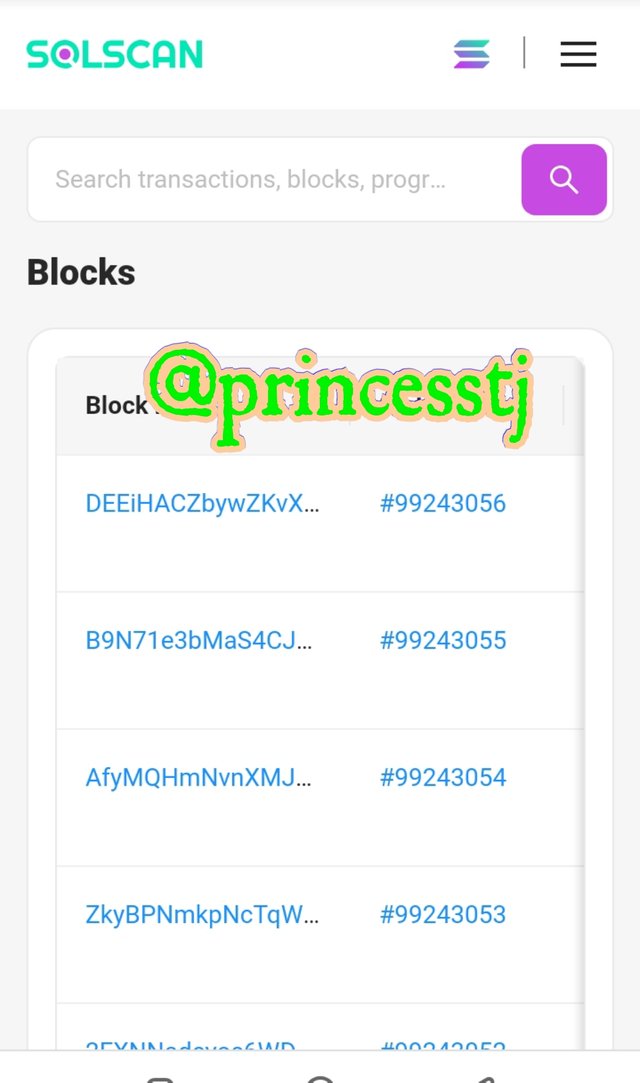
To calculate the number of blocks per second, with reference to the initial block, we calculate the number of seconds in a minute, an hour, a day as well as months.
1 minute = 60 seconds
1 hour = 60×60 = 3600 seconds
1 day = 3600 × 24 = 86,400 seconds
1 month = 86,400 × 30 = 2,592,000 seconds
From Solana's launch date which was March, 2020, there are about 19 months of operation. Multiplying 2,592,000 seconds by 19, we have 49,248,000 seconds.
Now, Solana had already established that it produces one block each in every 0.5 seconds. To justify this, we multiply the 49,248,000 seconds in 19 months by 2. The product is 98,496,000. We can see from here that the approximate result is 98,496,000 while the last block is 99243056.
We can conclude that Solana generates approximately 2 blocks every second. That is a block each in 0.5 second.
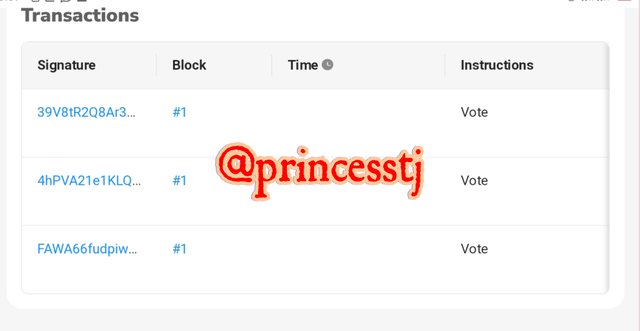
Conclusion
Solana blockchain has proven itself to be the fastest blockchain of its kind following the number of transactions it generates in a second. There is a lot of projects that operate on the blockchain making it one of the most widely used. Even when there was a disruption in Solana blockchain operations that made the SOL token price to fall, there was an immediate restoration and the token even skyrocketed above what it was before the stall. The growth of Solana in such a short time has proven its attractiveness and potentials that Solana future holds. In all, it is expected that the blockchain will continue to soar.
